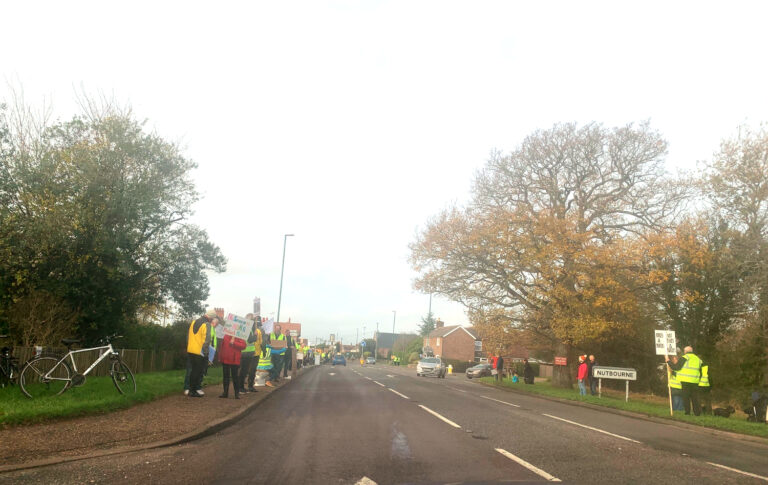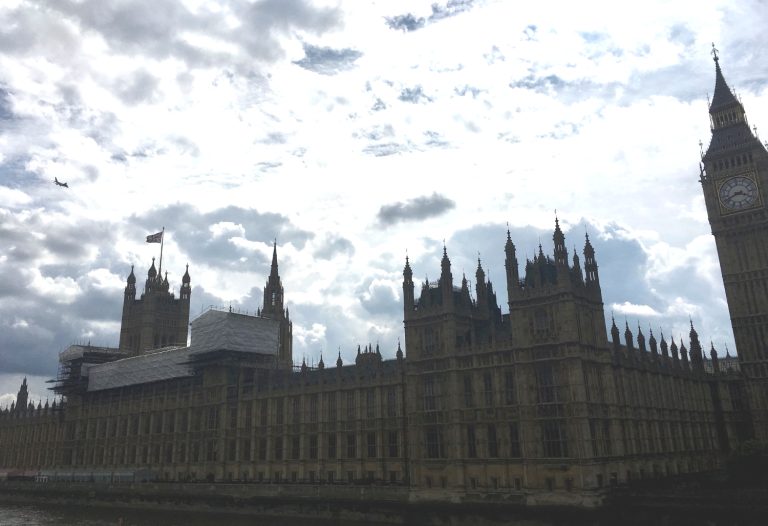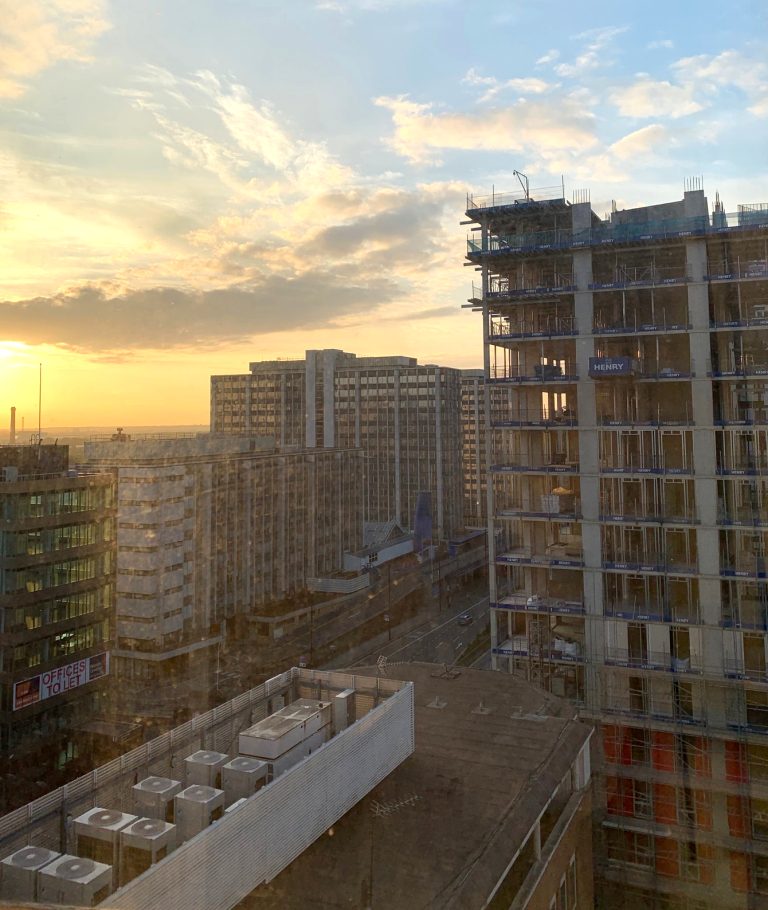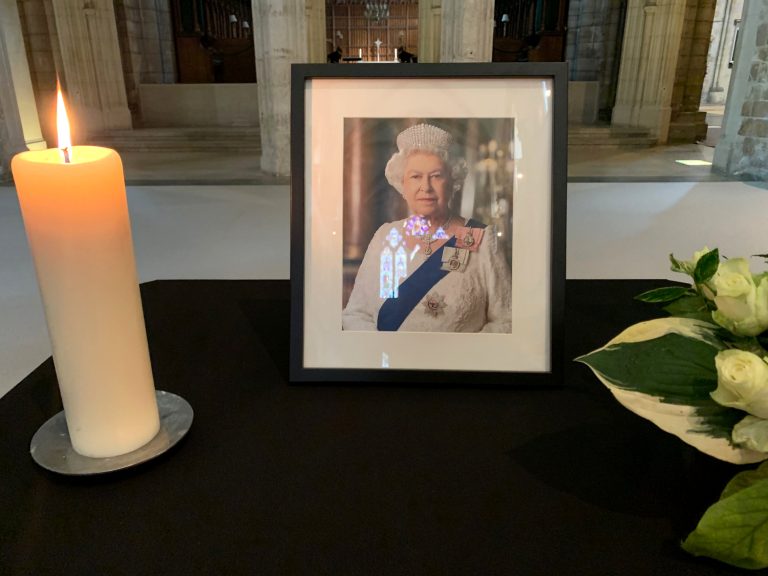Supply and demand
According to the basic theory of capitalism, building and selling more affordable flats and houses allows the pressure of market demand to be fulfilled. More availability in accommodation, especially in the more highly populated areas in England (particularly in the south east) should level out any further sharp rises in prices, or see prices drop, which in turn will make the cost of owning or renting a home financially easier for everyone in that area.
“There is a current backlog of 3.91 million households in Great Britain with housing need” state Heriott Watt university’s 2019 housing supply study produced in conjunction with the National Housing Federation. “Many households (4.65 million) are in poverty after they have paid their housing costs; at least a quarter of a million private renters aged under forty are in private renting but cannot afford it on our standard criteria.” (1)
Homeless charity Crisis published research this spring showing that families on the breadline are facing “an average £372 deficit between their Local Housing Allowance and the cost of the cheapest rents in their local areas.” (2)
We need more housing “because the population of the UK is slowly rising. In 2020, there were roughly 67 million people living in the UK, which was a rise of 284,000 in a year—and that trend of increasing numbers has continued in subsequent years.” (3)
In the early 1980’s Conservative leader Margaret Thatcher sold precious local authority council housing to tenants and private investors in her bid to make England a nation of homeowners. Consequently, this local authority housing stock was never replaced properly and now demand massively outstrips supply in most areas of the UK.
In addition, the ‘Right to Buy’ policies of more recent years have meant that around 40% of council properties have become privately owned homes further depleting the social housing stock. This is according to Vivid Homes this March who have quoted figures from the Chartered Institute of Housing. (4)
In many areas of England subsidised housing association properties and council house lists are only for those who are vulnerable or have complex needs. Millions of low-income families live in expensive rental accommodation in the UK today. Rental prices are increasing significantly this year and the rental market “is screwed” announced the rental experts at spareroom.co.uk. today. (5) Building more housing across the United Kingdom will help to ameliorate this crisis.
People need lower housing costs to have money left for transport, bills, childcare and groceries
Currently a squeeze on real incomes is being acutely felt across the country and affording suitable housing is often a primary concern for many British people.
Over the years the British government has not ensured that we have maintained UK owned energy production on a scale that makes us self-sufficient. The pandemic caused businesses to close and many jobs were lost despite the best efforts of the furlough scheme. Millions of self-employed people have experienced a ‘difficult few years’ financially, with unpredictable income streams.
The negative impact of Brexit on trade has been financially challenging for UK companies struggling with the consequences of the pandemic. Russia’s invasion of Ukraine has seen the energy industry completely disrupted. These costs are all passed onto the consumer and higher fuel prices and inflation are now at levels not seen for at least 15 years. This means that in 2022 alone bills have increased by several hundreds of pounds a month, for most families.
The millions of households in the United Kingdom alone that have variable rate mortgages also have now also faced shocking rises in the cost of their new mortgage agreements. New interest rate rises of more than 5% are not uncommon, often resulting in huge hikes in the amounts homeowners need to pay their lenders every month, in order to continue paying off their mortgages within the agreed term.
Poorer households are disproportionally hit by the cost of living crisis as they do not have a lot (if any) of expendable income or savings. Therefore, the availability of affordable homes is so important to those who are struggling to make ends meet on low wages or benefits.
Thankfully we still have free healthcare in the UK, albeit with long waiting lists in some departments. Affording accommodation and also having a budget for childcare, going to the dentist and paying for essential appliances, home maintenance and the basic bills associated with being a working person or family is now harder than ever. This is because interest rates have increased dramatically since last year. High inflation increases the amount we pay for all our imported goods and services.
People on low incomes struggle to save the large deposits required to purchase even a studio flat in most areas, without financial help from their family or a partner that is earning a good salary. This means they are left with renting in the private rental market where the prices are set by the market and may continue to go up (as we have seen even through the pandemic and beyond) independently of and increased by much more than slowly rising real wages, which are currently negatively impacted by inflation. Pensioners are also affected by their state pensions not keeping up with the rising cost of living.
Advancing age of housing stock and environmental erosion
In the UK we have more often than not neglected to invest in insulating our aging housing stock. It is vital to have energy efficient homes to live in, especially for people with low incomes and those who are vulnerable and older and therefore less well able to physically regulate their temperature when the coldest weather season arrives.
Although the government have offered up to an extra £2500 in extra support to households who are on on benefits or who are vulnerable, in reality millions of older people, disabled people and families with young children will have to choose between heating and eating this winter, as the homes they live in cannot be cheaply and easily heated.
In some areas of the British Isles coastal erosion has permanently taken some houses off the market, adding to the demand for new build accommodation.
Lucrative holiday lets
The trend for holiday letting and the popularity of holidaying in the UK has enabled anyone who owns a property to easily set up as a business providing short breaks through websites like Airbnb. This has decreased the properties available for use as short term let, long term let or permanent homes.
The right housing in the right place for the right people
Building new homes that are ready for folk in the United Kingdom to move into creates an opportunity to meet our housing need. These homes are only useful if they match the requirements of the people that are looking to move. For example, depending on the demographics of an area, more retirement homes and assisted living apartments might be needed to free up larger family homes for growing families to then move in and occupy.
Conversely in an area with a younger demographic it might be starter flats with a mix of commercial amenities and residential accommodation that better suits young commuters eager to become independent and get on the housing ladder.
An example of where retail, hospitality and leisure meet new housing can be seen in the regeneration of Farnborough town centre in Hampshire where planning permission has been obtained and building work has commenced in a £17 million pound project. Whether the cost of over a hundred new apartments that are being built will be affordable for residents in the local community remains to be seen, as they are completed and come onto the market over the coming years. (6)
In June Holly Holder at The Centre for Aging Better insisted that there “simply is not enough genuinely affordable housing, particularly for people with increased accessibility needs, many of whom are older.” Holder recommends building new homes that comply with regulations that have a higher standard of accessibility requirements as well as improved energy efficiency. (7)
Constraints in the capacity of cities
Many of the cities in the UK evolved from the times of the Romans and many even before that era. As building construction methods and transportation have changed the metro centres have grown organically. That means that in the important sectors of retail and financial banking for example, people don’t usually live where they work.
For example, in Chichester, West Sussex last year the council has been able to successfully advise the government that it impossible to meet their housing target. West Sussex County council said they cannot physically meet their housing targets in the Chichester area as the road system is not sufficient to handle any extra traffic, that would be created by the many hundreds more new homes needed by Westminster’s brief. In addition, they argue that the current levels of ‘out commuting’ (commuting to and from cities into popular residential areas) is already highly problematic in this region.
Like the commute
New housing projects need to be built near where there are jobs and people of all ages need to be able to take a reasonable journey in terms of cost and time to their employment. If a city is ‘full’ and possibly many buildings are already listed due to their historical interest culturally, it is not always possible for planners to allow the building of another fresh housing block in the inner town centre area.
In addition to new housing estates investment in new infrastructure projects such as the new Crossrail and Elizabeth line in London and the East West rail line linking Oxford and Cambridge are essential to enable millions of people to live within one hour’s journey of major employment centres.
The costs of these complex projects often run into billions. While they create thousands of construction jobs, initially they need to be funded mainly through tax payer contributions, which means less money in the government’s coffers for other services such as healthcare services and helping residents with the cost of living.
Keep building more affordable homes
Incorporating the latest house building methods such as pre-fabricated building systems and assembling easy to build wood format designs, will increase the amount and rate of apartments and houses that can be built in a given time frame, for a set budget.
Hundreds of thousands of homes are needed to be built each year, to keep up with the demands of an increasing population and an aging population and reach the current Housing minister’s ambitious targets. Therefore, it is imperative that we must take advantage of improvements in building efficiency.
The Benefits to Bricks policy outlined by Boris Johnson, the previous Prime Minister’s housing policy, aims to allow families that are working and eligible for Housing benefit to pay off mortgages instead of paying private landlords or housing associations. However, this is a very limited policy in terms of who could be eligible to become homeowners. It also remains to be seen whether this policy will be workable as the mortgage interest rates increase.
It is questionable as to who would be able to both be able to receive low-income housing benefit and also at the same time be in a position to put a deposit forward and meet the commercial banks requirements for a loan to buy a house. In many areas of England, the average property costs £300,000 which is more than ten times the average salary of a working couple in many areas of the UK. In addition, over 70% of housing benefit claimants have no savings so most people on benefits will not be able to afford to buy their own place anytime soon, despite this policy being introduced. (8)
There are ways of redistributing funding to help build more social housing. In June the Guardian quoted a statement from Baxter at the Joseph Rowntree Foundation, who says the rules around the right to buy should be changed, so that “councils get to keep all of the money raised from sales. The proportion that can be reinvested to build more social housing should also be increased.” (9)
There is no ‘quick fix’ to the cost-of-living crisis that is inextricably linked to the lack of affordable housing in the UK. There is a danger that our politicians enthusiastically propose gimmicky policy campaigns that promise solutions for those on benefits but which are actually not ‘scraping the surface’ of the severe housing problems we have in this country.
Building good quality environmentally efficient social and affordable housing across the communities in towns, cities and villages in England, Scotland, Wales and Northern Ireland is the only way to alleviate the housing problem and reduce costs for people on low-incomes struggling with the increasing costs of living.
We must also be mindful that although improvements in the quantity and quality of housing stock are crucial to our nation’s wellbeing, we must also not neglect to continue to look at solving both the simple and more complex reasons why shockingly homelessness is still an important issue affecting far too many people in nearly all of our towns and cities, even in 2022.
Click here to see video of Croydon flat building in action
(1) Housing supply requirements across Great Britain for low-income households and homeless people’ Glen Bramley, Professor of Urban Studies, Heriot Watt university, Edinburgh, April 2019 ‘Housing supply requirements across Great Britain’ Glen Bramley, Professor of Urban Studies, Heriot Watt university
(2) ‘What does the cost-of-living crisis mean for people experiencing or at risk of homelessness?’ Crisis Homelessness charity website, 1 March 2022 ‘What does the cost-of-living crisis mean for people experiencing or at risk of homelessness?’ Crisis
(3) What is the Cost of Living Crisis and Who Does It Affect?’ Amanda Howse, HotEnough.com, 3 August 2022 ‘What is the Cost of Living Crisis and Who Does It Affect?’ A Howse, HotEnough.com
(4) ‘It’s time for affordable housing to take centre stage and help address the cost of living.’ Vivid Housing, 1 March 2022 ‘It’s time for affordable housing to take centre stage and help address the cost of living.’ Vivid Housing
(5) ‘Why the rental market is (currently) screwed’ Matt Hutchinson 6 October 2022 ‘Why the rental market is (currently) screwed’ Matt Hutchinson 6 October 2022
(6) ‘Town Centre Regeneration, Farnborough, Hampshire’ Lyons Sleeman Hoare Architects website 14 October 2022 How the housing crisis has deepened the cost of living crisis’ Abigail Everett, 3 August 2022
(7) ‘Prime Minister’s housing reforms offer no solace from cost-of-living crisis for older renters’ Holly Holder, Deputy Director for Homes, Centre for Ageing Better, 9 June 2022 ‘Prime Minister’s housing reforms offer no solace from cost-of-living crisis for older renters’ Holly Holder, Centre for Ageing
(8) ‘Why building 300,000 houses per year won’t solve the housing crisis and what will’ Ian Mulheim, London School of Economics, 28 August 2019 ‘Why building 300,000 houses per year won’t solve the housing crisis and what will’ Ian Mulheim, London School of Economics
(9) ‘How do we fix the UK housing crisis?’ Hillary Osbourne, Pamela Duncan and Lydia McMullan, 9 June 2022 How do we fix the UK housing crisis?’ Hillary Osbourne, Pamela Duncan and Lydia McMullan, 9 June 2022











